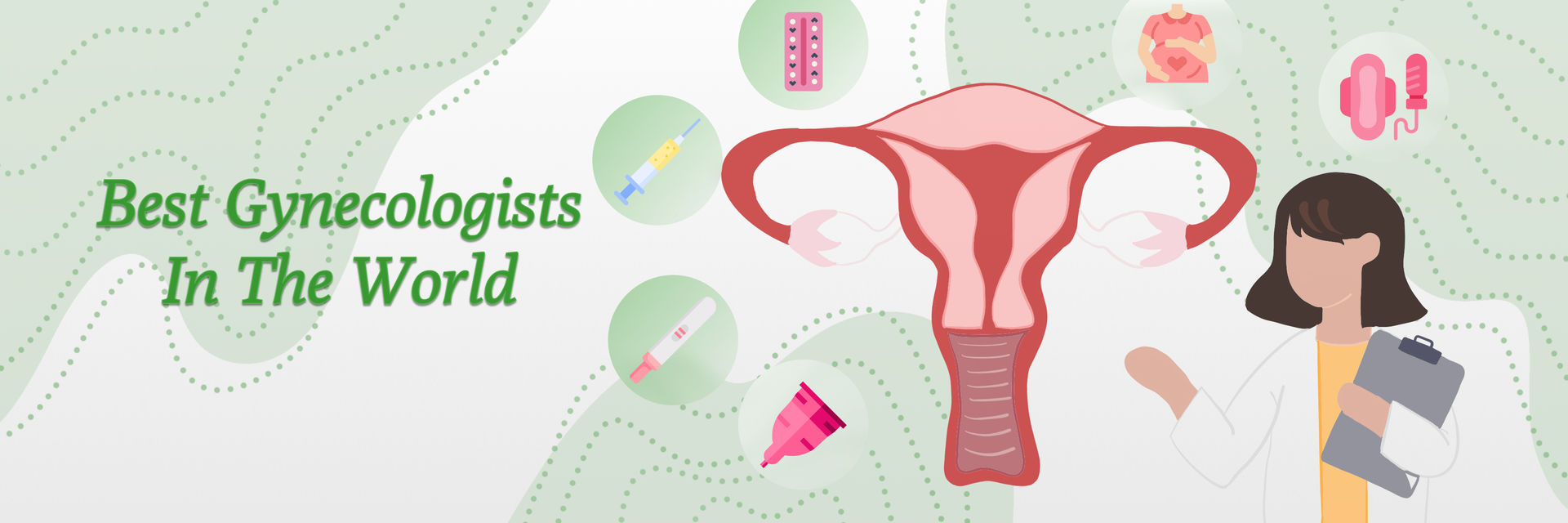Uterine fibroids are noncancerous growths that develop in the uterus. They are also known as leiomyomas or myomas. They are composed of muscle and fibrous tissue and can vary in size.
Uterine fibroids are extremely common, affecting up to 70% of women at some point in their lives. However, bleeding after menopause caused by fibroids is uncommon:
Explore the formation of uterine fibroids! Learn about the role hormones and genetics play in this.
What Are Uterine Fibroids and How Do They Form?
Uterine fibroids are noncancerous developments in the uterus. They mostly occur in pregnant women. The exact cause of fibroid formation is unclear. But hormonal changes, genetic predisposition, and estrogen can be responsible. They may lead to the formation of fibroids.
Fibroids can vary in size and number. And sometimes it may be asymptomatic as well.
Curious about uterine fibroids and their formation? Your health is too important to ignore – schedule your appointment now for personalized insights and proactive care.
Uncover the truth about postmenopausal bleeding – a rare signal from uterine fibroids post-menopause.
What are the causes of uterine fibroid bleeding after menopause?

The cases of uterine fibroids bleeding after menopause are not very common. Typically, after menopause, a woman's estrogen levels decrease significantly. This leads to the shrinkage of fibroids. The symptoms also reduce. Post-menopausal bleeding may be indicative of other underlying issues.
Fibroid Size and Location:
- Larger fibroids (>5 cm) tend to disrupt the uterine lining, leading to abnormal bleeding.
- Submucosal fibroids, inside the uterus, are more likely to cause bleeding than those in the muscle wall or on the outer surface.
Estrogen Levels:
- Even after menopause, some estrogen remains and can stimulate fibroid growth, potentially causing bleeding.
- Women on hormone replacement therapy (HRT) are at higher risk.
Devascularization: With age, the uterus gets less blood supply. It leads to fibroid degeneration and tissue death, which may result in spotting or heavier bleeding.
Endometrial Issues: Coexisting conditions like endometrial polyps or adenomyosis can contribute to bleeding alongside fibroids.
Rare Causes: Infection or past fibroid treatment complications, like myomectomy, can also lead to postmenopausal bleeding with fibroids.
Decode the potential triggers of postmenopausal bleeding caused by uterine fibroids!
Can Uterine Fibroids Trigger Bleeding After Menopause?
Yes, there can be triggers of uterine fibroid bleeding after menopause. However, it is very uncommon. If you have fibroids, you might still have bleeding. This is more likely if you are going through HRTs. You should always consult a doctor to understand the reasons behind your post-menopausal bleeding. There can be other underlying causes like hormonal changes, uterine issues or cancer in rare cases.
Let’s Unveil the concerns associated with post-menopausal bleeding!
Is Post-Menopausal Bleeding a Cause for Concern?

Worried about post-menopausal bleeding? Take charge of your health and life – contact us today for personalized insights and peace of mind.
Yes, post-menopausal bleeding is generally considered a cause for concern. It might not always indicate a serious issue, but it can be a sign of an underlying health condition. It can be a sign of uterine problems or maybe cancer.
Early detection of the issue can prevent major health problems that may arise. Whatever may be issued, early detection can help in successful treatment.
Navigate through the risk factors that amplify the chances of uterine fibroids bleeding after menopause!
What Factors Increase the Risk of Uterine Fibroids Causing Bleeding After Menopause?
Several factors can increase the risk of uterine fibroid bleeding after menopause:
- Women undergoing HRT, where additional hormones are administered. In such cases, the risk of bleeding from uterine fibroids increases. Additional hormones lead to the growth of uterine fibroids and cause bleeding.
- The size and location of uterine fibroids can influence the likelihood of bleeding. If large fibroids are there, near the uterine lining, then postmenopausal bleeding may increase.
- Overall health and individual factors can play a role. Women with certain health conditions or genetic makeup can be at risk.
- Other risk factors may include high blood pressure or low levels of Vitamin D in the body.
Unravel the process of diagnosing uterine fibroids in postmenopausal women!
How are Uterine Fibroids Diagnosed in Postmenopausal Women?

Exploring the diagnosis of uterine fibroids in postmenopausal women? Take the first step to recovery – get in touch with us for personalized treatment information and support.
There are various methods of diagnosing uterine fibroids in postmenopausal women. Hey include:
- Medical history and examination: The doctor will gather information about an individual's medical history and symptoms. They may also perform physical examinations, such as pelvic exams.
- Imaging studies: Imaging studies such as ultrasound, MRI, or CT scans may be conducted to visualize the uterus and detect the presence of fibroids.
- Endometrial biopsy: If abnormal bleeding is present, a biopsy of endometrial tissue is performed to rule out other issues like cancer.
- Hysteroscopy: A thin, lighted tube or hysteroscope is inserted into the cervix to examine the uterus.
- Blood tests: Blood tests may be conducted to check hormone levels, especially if the person is undergoing HRT.
Discover the world of possibilities in treating uterine fibroids after menopause!
What Treatment Options Exist for Uterine Fibroids After Menopause?
There are different treatments for uterine fibroids after menopause.
- The doctor may suggest medications like Tibolone, aromatase inhibitors, or selective estrogen receptor modulators to control the hormonal changes and bleeding
- Procedures such as uterine artery embolization and selective progesterone receptor modulators can also be considered.
- In rare cases where the treatments are ineffective, hysterectomy also can be done.
Discuss with your healthcare provider to understand which is suitable for you.







